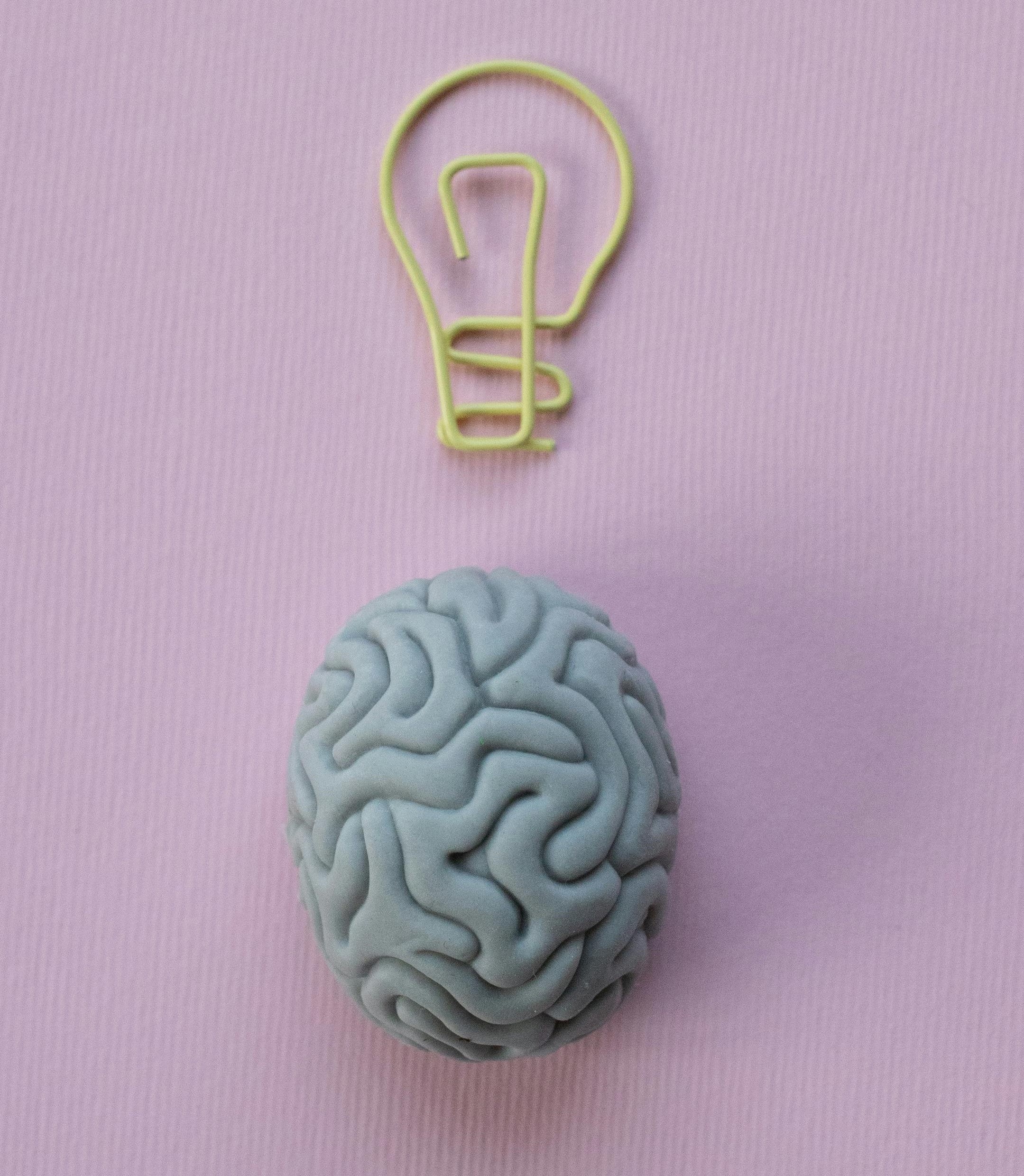Car accidents are often shocking events that can cause physical injuries and profound
psychological trauma. Accidents can affect the brain’s ability to function and it’s structure.
This article looks into the neurobiological effects of car crash trauma on the brain, the
psychological and cognitive consequences and how we can recover from this.
Our Immediate Reaction to an Accident.
The immediate reaction to an accident is the triggering the body’s acute stress response,
commonly known as the “fight-or-flight” response. This is where stress hormones such as
adrenaline and cortisol are rapidly released to prepare the body to deal with the emergency.
While this response is helpful in the short term at the time of immediate danger to help us to
survive, it can also lead to neurobiological changes in the brain which affects how we feel and
how we function.
Brain Areas That Can Be Affected
Several key brain areas can be immediately affected from an accident trauma:
1. Amygdala: The amygdala, which is responsible for emotional processing and fear
responses, can become hyperactive following a car crash. This can result in increased
anxiety and perception of threat and can encourage us to be hypervigilant where we are
overly looking out for signs of danger. These are symptoms of post-traumatic stress
disorder (PTSD).
2. Hippocampus: This is involved in memory formation and spatial navigation. The
hippocampus can be impacted by the elevated cortisol levels from the trauma leading to
difficulties with memory such as recalling details about the crash and creating memory
gaps and intrusive recollections of the trauma that are symptoms of PTSD.
3. Prefrontal Cortex (PFC): The PFC is responsible for higher-order cognitive functions
such as decision-making emotional regulation and impulse control. Trauma from a
severe accident disrupts it’s normal functioning which can lead to problems with
emotional regulation, planning and concentration.
Structural and Functional Changes
Traumas can create specific structural and functional changes in the brain such as –
Structural Changes: It can lead to reduced volume of the hippocampus. It can affect and
damage to neurons in the prefrontal cortex and increase activity in the amygdala which
can create emotional and cognitive difficulties.
Functional Changes: Connectivity between the amygdala and the prefrontal cortex can
be altered which can create heightened emotional responses and difficulties in regulating
emotions. Ultimately this means anxiety and other symptoms of PTSD are increased.
Neurochemical Changes
The trauma from accidents can lead to longer lasting changes. Stress hormones such as cortisol
can remain increased and alterations in neurotransmitter systems, including serotonin, dopamine,
and norepinephrine, can contribute to low mood and increases in anxieties.
Psychological and Cognitive Consequences
The effect of traumas on the brain manifest in many psychological symptoms:
Post-Traumatic Stress Disorder (PTSD): Symptoms of PTSD include such as
flashbacks, nightmares, hypervigilance, avoidance, anxiety related to what happened and
general anxiety. These symptoms are directly linked to the increased of the amygdala and
the affect on the functioning of the prefrontal cortex and hippocampus.
Cognitive Changes: Difficulties with memory, attention and functions such as time
planning, organisation, stress tolerance and goal-setting are common symptoms which are
the result of structural damage to the hippocampus and functional disruptions in the
prefrontal cortex.
Emotional Regulation Difficulties: Our ability to regulate emotions becomes impaired
where there can be mood swings, irritability, and difficulty coping with stress. This is
related to the impaired connectivity between the amygdala and prefrontal cortex.
Recovery Process
Research suggests that in 66 to 75% of cases, we cover naturally over a 9 to 12 month period
with the most symptoms being felt in the first 4 weeks. This is where anxiety is at it’s highest,
our safety behaviours of hypervigilance and avoidance are greatest and our ability to function is
generally diminished. We may also be having flashbacks and nightmares which can be viewed
as a normal response to trauma as it shows the mind is seeking to process and then recover from
this.
When recovery has not taken place, the following treatment pathways are suggested –
Cognitive-Behavioural Therapy (CBT): CBT is a talking therapy that helps in many
ways such as being able to talk about and process what happened, develop healthier
coping mechanisms to deal with ongoing anxieties and unhelpful safety behaviours,
reframe negative thoughts and aid the recovery of brain function.
Eye Movement Desensitization and Reprocessing (EMDR): EMDR is effective in
processing traumatic memories and reducing PTSD symptoms by facilitating adaptive
information processing in the brain.
Mindfulness and Stress Reduction Techniques: Mindfulness practices can help reduce
stress and anxiety, improving emotional regulation and promoting changes in brain
function associated with recovery.
Conclusion
The trauma of a car crash can have profound and lasting effects on the brain, influencing both its
structure and function. Understanding these neurobiological consequences is helps significantly
to be able to recover effectively. With appropriate therapeutic support, we can harness the
brain’s capacity for healing and recovery and develop resilience to be able to live freely; free
from the restrictions of our past trauma.


